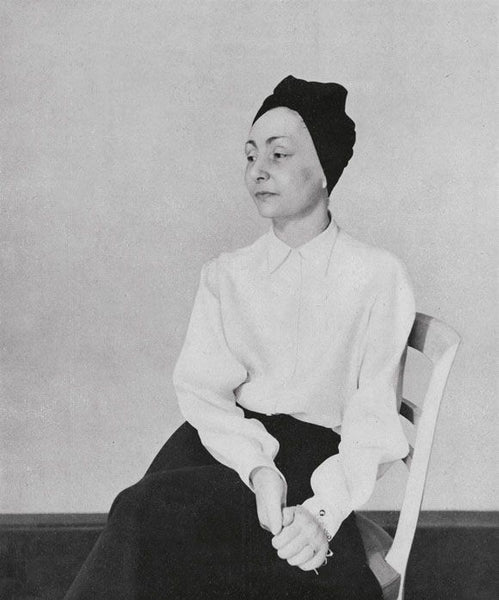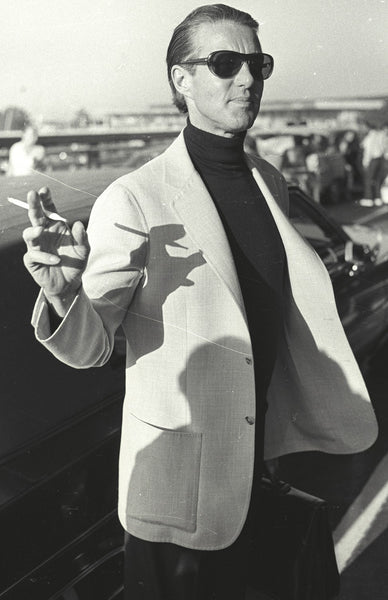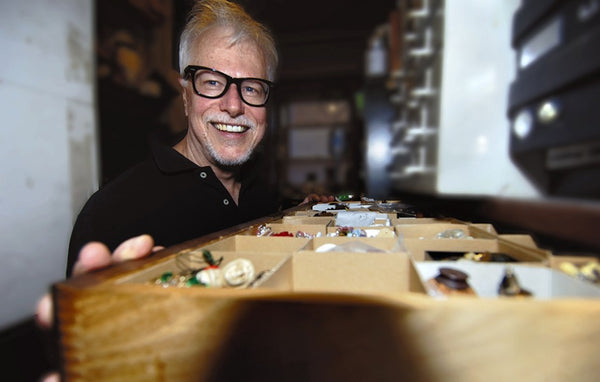Designer Spotlight: Vera Neumann

Vera married George Neumann, whose family was in textiles, and together began “Printex,” a small printing company that they ran from out of their tiny New York apartment. At first, the company only printed placemats, as placemats were the only product that was small enough to fit in their tiny printing press. Fredrick Werner Hamm, a friend of the couple, soon joined the company, and with his sales skills managed to secure an order from the B. Altman department store. Printex soon expanded, and the company moved to a mansion in Ossining, New York.
In the 1940s material rationing caused linen to be in short supply; Vera found some parachute silk in a surplus store while looking for alternatives. This event was the catalyst for Vera’s scarf business. The scarves became instantly popular; Vera designs were taken from her paintings; Vera, keeping her signature on the scarves, created the concept of a signature scarf. An entrepreneurial woman, Vera championed branding, her little ladybugs were displayed on her pieces. Vera cross marketed her art, using the same print in garments, table fashion, bedsheets, kitchen accessories, aprons, towels, and more. Vera has over 8,000 designs copyrighted at the Library of Congress, and believed that art had a place in everyday life, and should not be isolated to stark gallery walls and the marble halls of museums.
Vera’s colorful, frenetic, bold, playful work held mass appeal; she was rightfully exhibited at MOMA, honored in a retrospective by the Smithsonian Institute, and is archived at the Metropolitan Museum of Art Costume Institute.
Also in Adore MRS. Couture

Designer Spotlight: Madame Gres

Designer Spotlight: Roy Halston Frowick
Halston was thrown into the limelight when Jacqueline Kennedy wore his pillbox hat to John F. Kennedy’s inauguration. Soon Halston expanded into women’s wear, creating both couture and ready-to-wear fashion catering to the fashionable and elite jet set. Halston also accepted the honor of designing the 1976 US Olympic team uniforms, redesigned Braniff Airlines’ uniforms in 1977, and created uniforms for the New York Police Department and the Girl Scouts in 1978.
Halston was innovative, using slinky knit material and ultrasuedes, and introducing a halter dress design that elongated a wearer’s silhouette. He pioneered the sensual and soft draped looks associated with disco and his beloved Studio 54.

